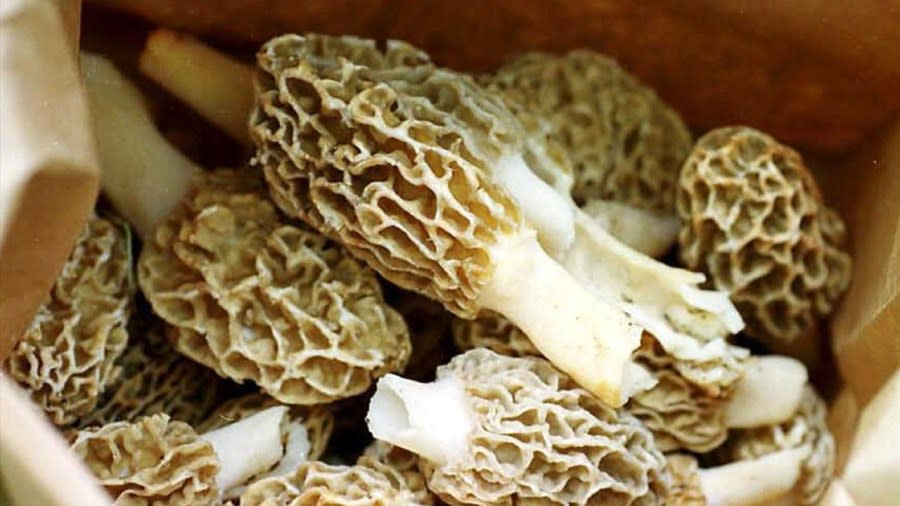Morel mushroom season: What foragers need to know

GRAND RAPIDS, Mich. (WOOD) — April showers bring May flowers. They also bring morel mushrooms.
In Michigan, the prized fungi typically sprout between mid-April and mid-June — earlier in southern parts of the state and later in the Upper Peninsula.
“Like all wild mushrooms, morels require specific conditions of temperature and moisture to grow,” the Michigan Department of Natural Resources says on its morel mushroom page. “Some springs are good for morels, others poor. Warm and wet conditions are best, and cold and dry can mean almost total failure of the crop.”

For any foragers looking to try their hand at finding morels, the DNR has several tips, including several safety warnings for first-timers.
The agency says the important thing is to know where you are. Make sure to have a map, a compass or a GPS unit, especially when wandering off-trail in the forest.
MDOT’s roadside parks to open for the season Monday
Secondly, its important to know our mushrooms. There are some subtle differences between different types of fungi — some being safe and delicious, and others that are toxic. The DNR recommends going along with an experienced mushroom hunter on your first several trips. There are mushroom guides available that break down how to identify different mushrooms available through the state’s tourism department and through Midwest American Mycological Information.
The agency also recommends dressing comfortably, wearing reliable footwear, and using a mesh bag or a basket to hold onto your haul instead of plastic bags, which can speed up the decay in mushrooms.
The DNR also has online maps to show known hotspots for morels and which sites could be primed for outbreaks, including areas recently impacted by wildfires.
State lawmakers urge DNR to decide against criminal charges in wolf incident
“Large burn sites in forested areas are ideal for morel mushroom hunting, especially in burned areas where jack, white or red pine once grew. Grassy and other non-forest areas are not as likely to produce morels,” the agency says.
The DNR’s Mi Morel map indicates multiple small wildfires and prescribed fires in different parts of the Allegan State Game Area, including parcels with known pine groves.
State law dictates that morels found on public land cannot be sold.
For the latest news, weather, sports, and streaming video, head to WOODTV.com.

